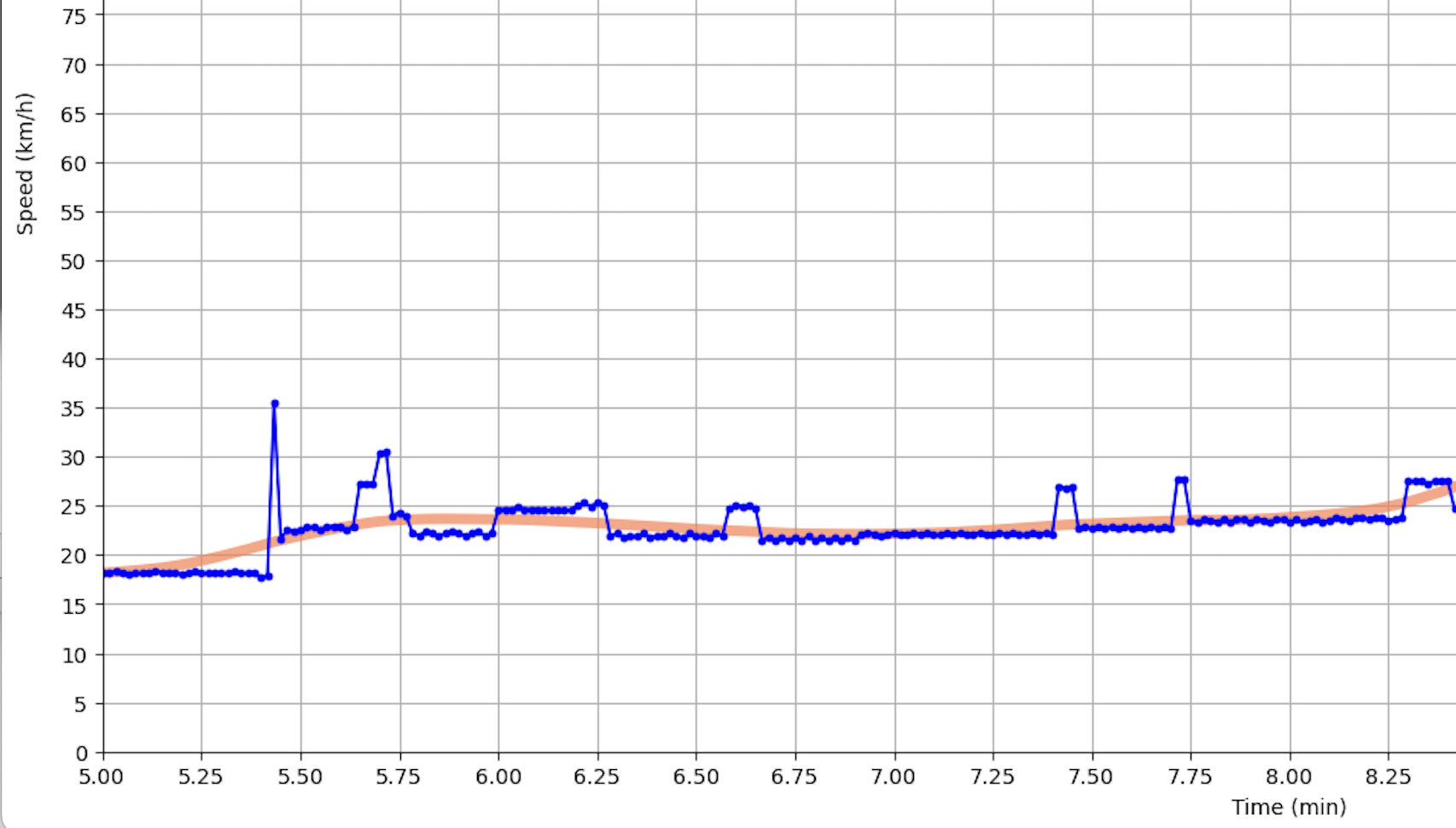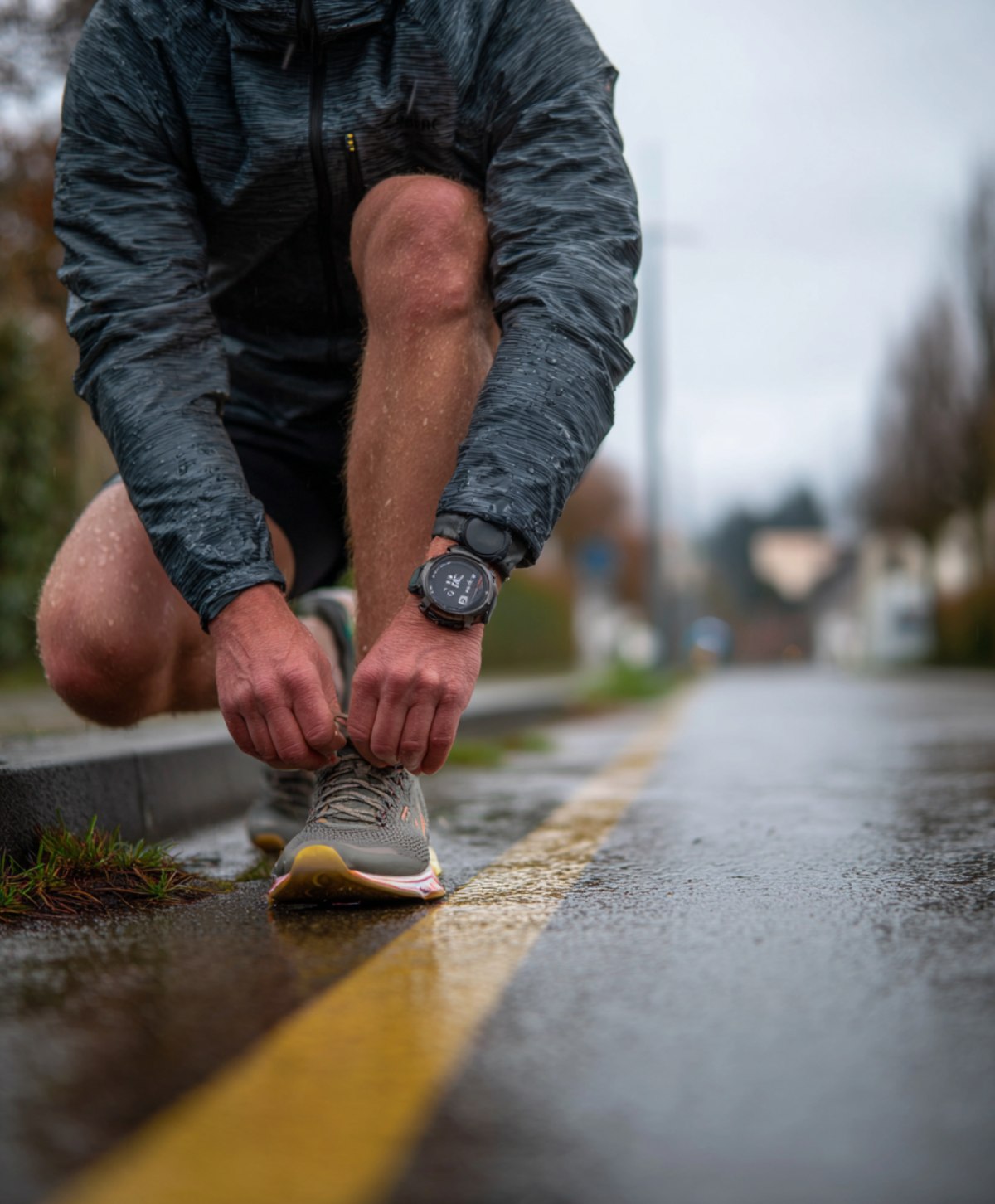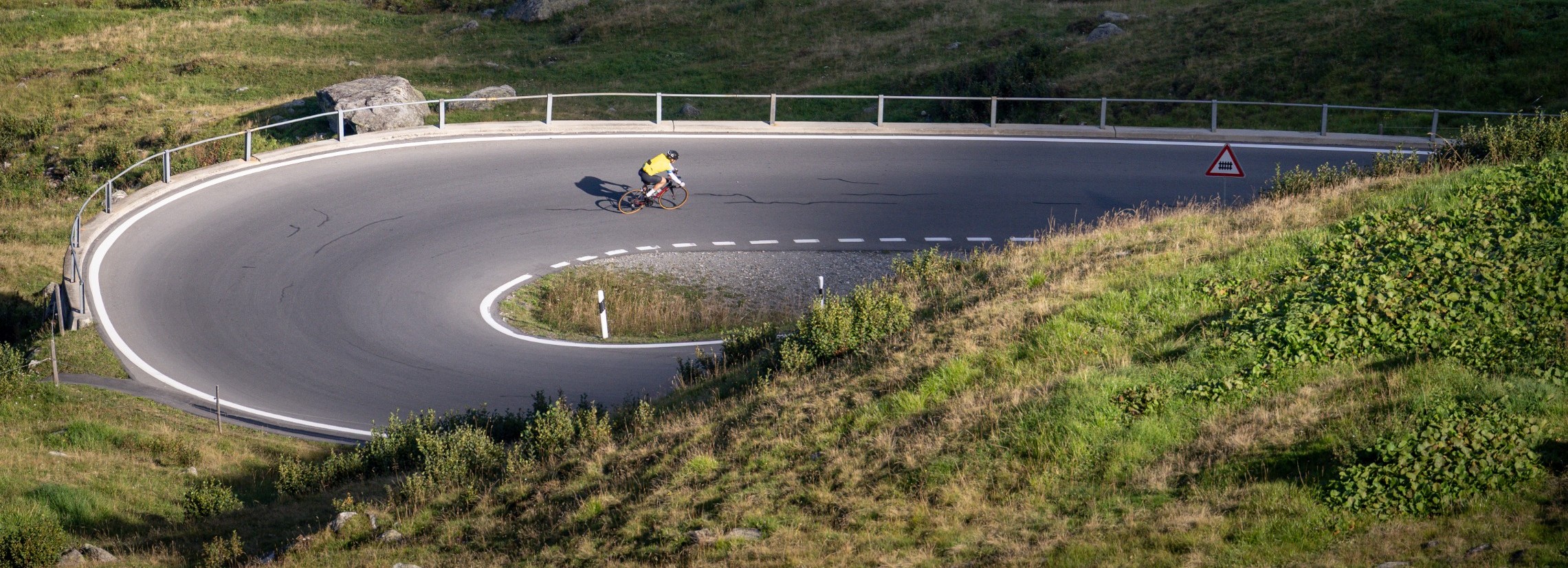A case from practice (3/5)

Anomalies in the Les Cols de Zurich performance data
Or: when a GPX track raises questions...
The les-cols-de-zurich.ch competition is currently running with over 700 participants - and unfortunately we had to remove one rider from the ranking list.
Was it digital doping? Not in the classic sense - but our analysis shows clear indications that it was very likely an e-bike ride that was submitted as a regular activity.
What caught our attention
We've done this stage in previous editions and have a solid reference dataset - including a recording from a former pro whose performance and GPS data are impeccable.
Suddenly, a previously unknown driver appears and shoots to the top of the eternal rankings with an outstanding time. Reason enough for our algorithms to take a closer look.
What we have found
- No direct traces of data manipulation, but several conspicuous anomalies.
- Particularly significant: enormous time gains on steep segments, followed by drops in performance on flatter sections where the rider was unable to exceed the 25 km/h mark - a clear indication of the speed limit of an e-bike.
- Further technical notes: unnaturally constant speed blocks, very high accelerations and patterns typical of devices with GPS interpolation or motor support.
This is not classic "digital doping" in the sense of deliberate data falsification - but obviously a false indication of the equipment used, which distorts the results and makes the competition unfair.
Why this is important
This case shows how important transparent data analysis and clear rules are for GPS-based competitions. Although we cannot provide absolute certainty, the evidence strongly suggests that the ride was completed on an e-bike.
After we contacted the driver, the activity was deleted. This is regrettable, but at the same time a sign of how sensitive the topic of integrity is in digital sport.
Visual cues
- Speed vs. incline: Steep inclines hardly ever lead to lower speed - atypical for human performance.
- Constant speed pattern: Over long distances, the speed remains almost exactly at 25 km/h, which is typical for the assistance limit of e-bikes.
- Strava comparison: time gains of up to 30 seconds on a 600 m long steep section compared to the second fastest rider.
- GPX diagram: Shows speed and position along the route with conspicuous patterns.




Conclusion
Fairness is the basis of any competition - whether on the road or digitally.
This incident underlines why clear data analysis, transparency and honest equipment reporting are so important.
We will continue to do everything we can to ensure that the LaceUp and Les Cols de Zurich rankings reflect the performance that is really in the legs - and not in the battery.
Credits
Kevin KoschNikolaus RathBenedikt Soja, Matthias Aichinger-Rosenberger, Nico Schefer, Sebastian de Castelberg, Tobias W.



.jpg)

.jpg)

